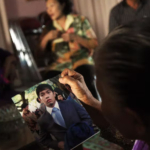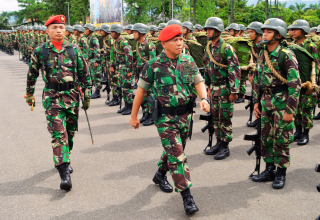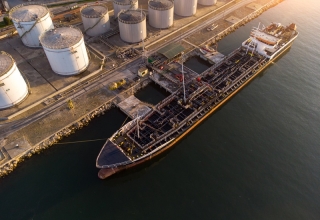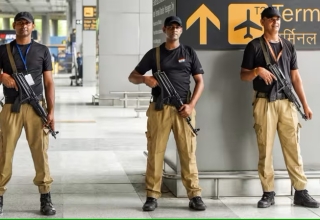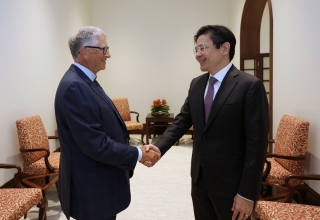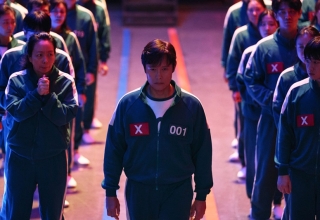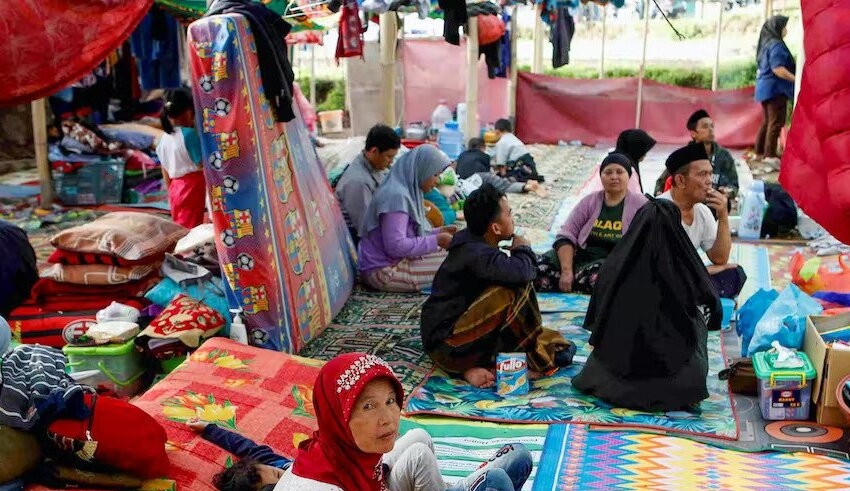
Thursday, November 24, Indonesian officials battled to deliver help to thousands of people affected by a catastrophic earthquake in western Java, as rain-triggered landslides and challenging mountainous terrain hindered rescue teams’ operations.
Monday’s magnitude 5.6 earthquake in the town of Cianjur, approximately 75 kilometers (50 miles) south of the capital of Jakarta, resulted in the deaths of at least 271 people and forced hundreds to seek shelter in tents with few medical and humanitarian resources.
Suharyanto, the chief of the disaster mitigation organization, stated on Thursday that many had not received relief and that almost 200 volunteers had been deployed to assist with the distribution of water, quick meals, tents, and diapers.
Survivors, including the elderly and young children, huddled in tents set up by the military some distance from the damaged communities, while others waited in lines to receive humanitarian packages from volunteers.
Residents of Sukamanah hamlet reported having to ration food and a lack of goods for children, such as medicine, diapers, and milk.
Ema Hermawati, the chief’s wife, stated that sanitation was inadequate since garbage was piling up and there was no running water or portable toilets.
President Joko Widodo visited the epicenter of the earthquake for a second time on Thursday and urged the expeditious continuation of assistance delivery and rescue efforts.
“The conditions are difficult,” he added of the rocky terrain, adding that there was a tent and water shortage. “It is still raining and aftershocks are still occurring. The terrain is unstable, thus vigilance is required.”
Keep Reading
Using soil diggers and other heavy machinery, rescuers cleared mud and debris in search of missing casualties. Some landslide-isolated regions were only accessible by air.
Officials reported that hopes of locating survivors were diminishing.
The national search and rescue agency’s Joshua Banjarnahor told reporters that search efforts were centered on the Cijedil village, where 30 people were believed to be buried by a landslide.
Ahman, a 52-year-old food vendor, claimed that his mother, wife, and daughter were buried when his cliff-side stand fell.
Indonesia is one of the most earthquake-prone countries in the world, with frequent occurrences of large earthquakes offshore where fault lines run.
Monday’s earthquake was especially destructive because it struck a heavily populated area at a shallow depth of about 10 kilometers (6 miles). According to officials, poor construction standards also contributed to the collapse of buildings, which resulted in numerous fatalities.
Rebuilding Cianjur must follow to seismic design guidelines, according to David Sanderson, an expert in disaster risk reduction at the University of New South Wales’ School of Built Environment.
“Without proper management, reconstruction might be haphazard, insufficient, and oblivious to future seismic danger,” he warned.

